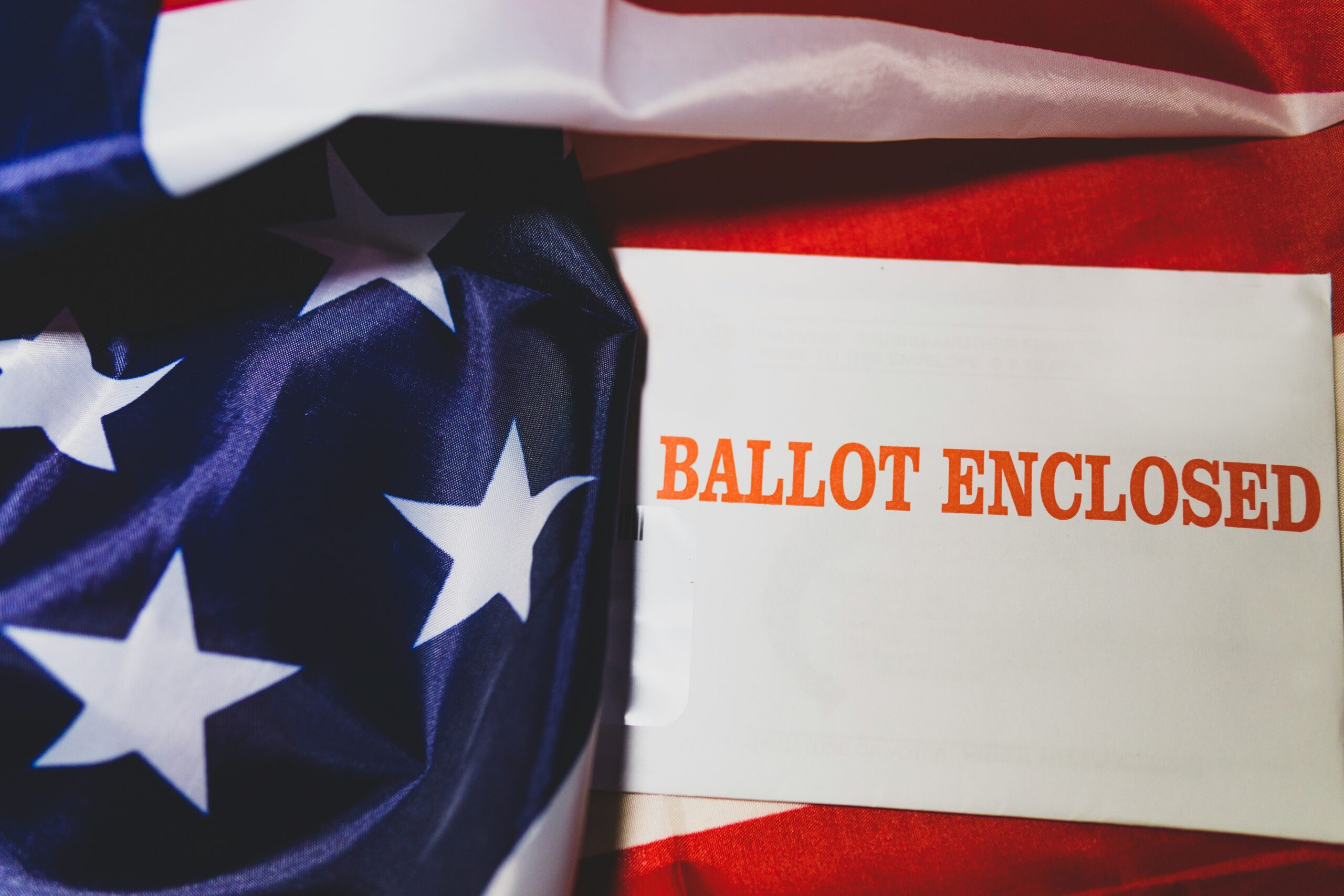The Importance of Audience Engagement
Audience engagement has emerged as a pivotal element for content creators, marketers, and businesses alike. In an age where information is abundant and attention spans are increasingly limited, fostering a robust two-way communication channel with audiences is essential. Engaged audiences are more likely to develop a sense of loyalty towards a brand or a content creator, which can lead to long-term relationships and repeat interactions.
One significant benefit of audience engagement is the enhanced understanding it provides regarding audience preferences and behaviors. By utilizing methods such as interactive polls and surveys, creators obtain invaluable insights into their audience’s interests and needs. This data enables them to tailor content more effectively, leading to higher satisfaction rates among consumers. Understanding audience dynamics also aids in strategizing marketing efforts, thus optimizing resource allocation and amplifying reach.
The shift from passive consumption to active participation marks a transformative change in how audiences interact with content. Today’s audiences expect to have their voices heard, making engagement tools like interactive polls and surveys increasingly relevant. These tools facilitate not only the collection of opinions but also foster a sense of involvement among participants, making them feel valued. This shift toward participation enriches content effectiveness, as it creates an interactive experience that can enhance users’ emotional connections to the brand.
Moreover, engaged consumers tend to be more vocal advocates for a brand, sharing their experiences and recommendations with their networks. This word-of-mouth marketing can significantly extend a brand’s reach and credibility. As audience interaction evolves, understanding and leveraging these dynamics can provide content creators and businesses with a competitive edge in today’s crowded digital landscape. Ultimately, prioritizing audience engagement stands as a vital strategy for cultivating lasting impact and fostering growth.
Different Types of Interactive Polls and Surveys
Interactive polls and surveys come in various formats, each serving unique purposes in engaging audiences and collecting valuable feedback. Understanding the different types can significantly enhance the effectiveness of audience participation initiatives.
One prevalent form is the multiple-choice poll. This format presents respondents with several options from which they can select their preferred answer. Multiple-choice polls are particularly effective in gauging opinions and preferences on specific topics. For example, a brand might ask its audience to choose their favorite product feature, enabling marketers to identify trends and tailor their offerings accordingly.
Another effective format is the rating scale. This type allows participants to express their feelings about an issue on a scale, such as from one to five stars. Rating scales are particularly useful for gathering feedback on events, products, or services. For instance, monitoring customer satisfaction after a product launch can provide crucial insights into areas needing improvement.
Open-ended questions provide an opportunity for respondents to share their thoughts in their own words. This type encourages deeper engagement and allows for more nuanced feedback, which can be invaluable in understanding complex audience attitudes or experiences. For instance, brands might ask, “What challenges do you face while using our product?” to gain in-depth insights into consumer needs.
Additionally, the advent of social media has popularized social media stories, where polls and questions can be easily integrated. They offer a more informal method of engagement, allowing brands to connect with their audience in real-time. For instance, conducting quick polls on Instagram Stories can spark conversations and foster community interaction.
Choosing the appropriate type of interactive poll or survey is essential for effectively capturing audience feedback. Each format has distinct advantages depending on the specific goals of engagement, whether it be sparking discussions, gauging opinions, or collecting data.
Best Practices for Creating Effective Polls and Surveys
Designing effective polls and surveys is essential for gathering valuable insights from your audience. To achieve this, it is important to start with crafting clear and concise questions. Questions should be straightforward and devoid of jargon to ensure participants understand them easily. Ambiguous language can lead to misunderstandings and unreliable data. Therefore, consider using simple wording and structure to enhance clarity and reduce confusion.
Avoiding bias is another crucial aspect when designing surveys. Leading questions may influence respondents to choose a particular answer, skewing the data. To mitigate this, it is advisable to formulate questions that are neutral and allow for a range of responses. Additionally, incorporating a mix of open-ended and closed-ended questions can provide a more comprehensive understanding of the audience’s perspectives while minimizing response bias.
The length of your survey plays a significant role in maximizing completion rates. Longer surveys can lead to participant fatigue, resulting in decreased engagement or incomplete submissions. Aim to keep surveys concise, ideally between 5 to 10 minutes in length. This duration is often sufficient for gathering meaningful data without overwhelming the participants. Moreover, the timing of your surveys can impact participation levels; launching them at strategic times, such as after a relevant event or during peak interaction periods, can significantly enhance response rates.
Promoting engagement is vital for effective poll execution. Consider offering incentives, such as discounts or entry into a prize draw, to encourage participation. This strategy not only motivates responses but also demonstrates appreciation for the audience’s time. Additionally, employing the right tools and platforms can make the process of creating and distributing surveys more efficient. Numerous online survey tools are available, which offer user-friendly interfaces and customizable templates to help streamline your efforts.
Analyzing Results and Utilizing Feedback
Analyzing the results of interactive polls and surveys is a critical step in understanding audience needs and preferences. To begin this process, it is essential to apply both quantitative and qualitative analysis techniques, thereby gaining a comprehensive view of the collected data. Quantitative analysis focuses on numerical data gathered through structured response options, such as multiple-choice questions. This method often employs statistical tools to identify trends and patterns. Mean, median, and mode calculations can quantify the audience’s opinions, providing a basis for actionable insights.
Conversely, qualitative analysis involves examining open-ended responses to uncover underlying sentiments and motivations. This technique is vital for understanding the “why” behind numerical data, allowing for richer interpretations. By coding responses and identifying recurring themes, businesses can gather more nuanced insights into their audience’s thoughts and feelings. The mix of these methodologies can yield a robust understanding of audience dynamics and needs.
As organizations interpret their findings, it is crucial to identify trends that can inform future strategies. Establishing effective feedback loops can help organizations iterate and improve their offerings in alignment with audience preferences. For instance, if survey data indicates a shift in customer interests, businesses can adapt their content or product strategies accordingly.
Furthermore, communicating findings back to the audience plays a significant role in fostering a sense of community. Sharing insights, either through follow-up surveys or newsletters, demonstrates that the organization values participant feedback and is committed to enhancing the audience’s experience. Such transparency not only encourages ongoing participation in future polls and surveys but also strengthens the relationship between the organization and its audience.



